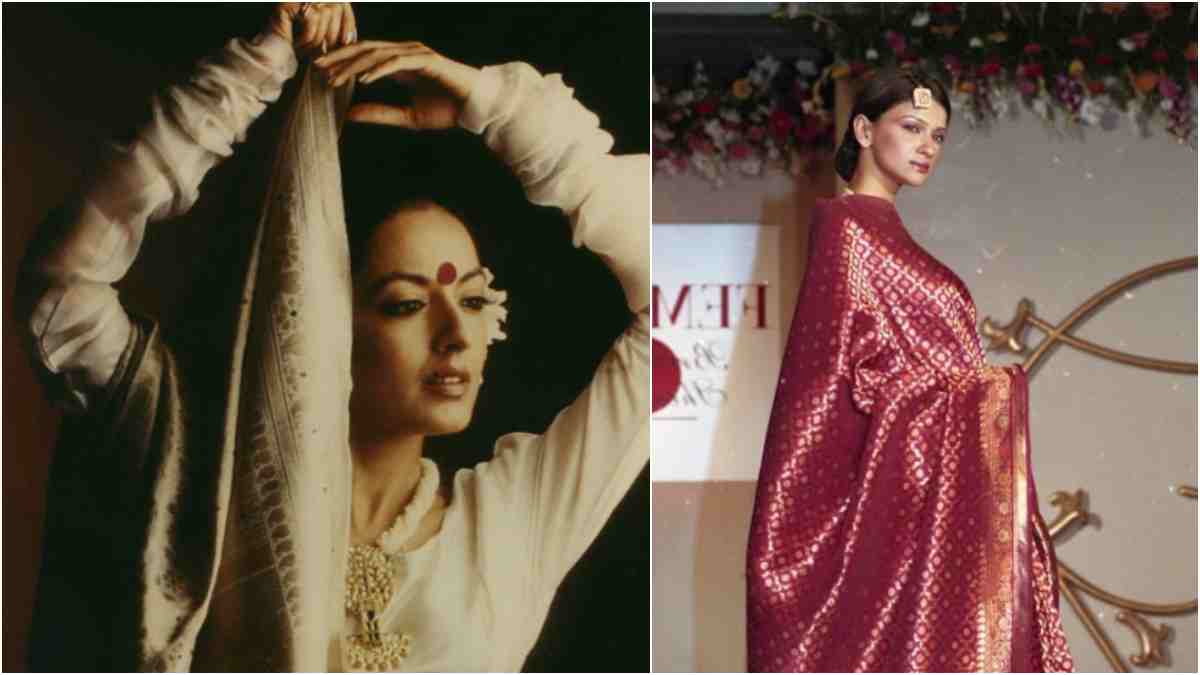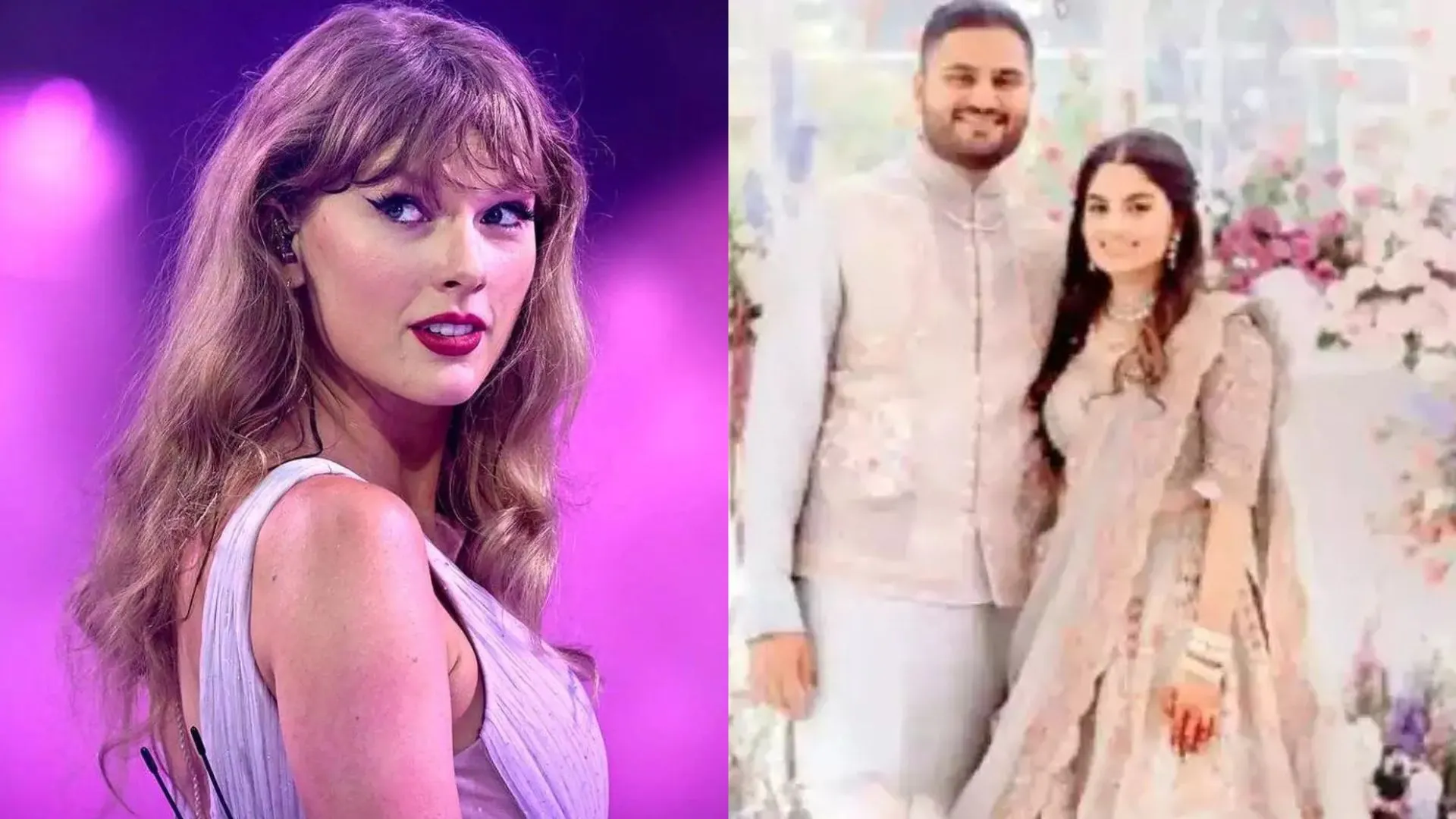The revival of the handloom has always been a cause close to my heart. In fact one can say that I was born to the looms quite literally since my father manufactured them! As the founder of two craft projects, namely Puranakala and Aavartan, my focus continues to be on reviving forgotten crafts and heirloom weaves like Ashawal, Paithani and Ikat. Today on National Handloom Day, I would like to throw some light on the historical relevance of Ashawal.
The Aashawal flourished during Akbar’s reign. The textile designers sat in the royal court to record what the entire court wore. These pictorial records called the Akbarnama have precise documentation of different technologies that were used in registering design on fabric. Today, we are able to identify the Aashawal in those antiquated documents due to these designers who have recorded the weaves worn by the court. Aashawal has also been synonymous with good luck. The historical relevance of the Aashawal is documented in the records of many historic karkhanas specialising in the weave.
Jahangir’s pictorial log, Badshahnama, has a picture of the monarch himself, the Badshah (Jahangir), wearing an Aashawal Patakaor Jama adorned with motifs which even influenced the motifs on the Taj Mahal. Before Akbar’s period, the weave had motifs such as peacocks, goddesses or birds and animals. Stylised motifs using flora, fauna and geometry are the heritage of the Mughal rulers. Today, the Aashawal has drawn elements from both periods and has combined to form the Indo-Saracenic style.
The extraordinary play of colour and the raised look distinguish the weave in front of other brocade weaving techniques. The outcome is a dazzling fabric with motifs that appear embossed. It is easy to be transported into a surreal threedimensional reality of silk and za ri that delicately bala nces bold ness and grace. The sari looks heavy but is very light to wear.
Bela Sanghvi is an eminent textile revivalist and entrepreneur. She has revived close to 600 traditional crafts of the country.






















